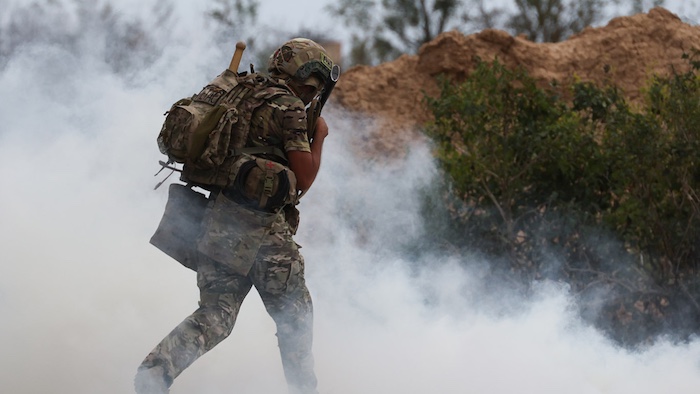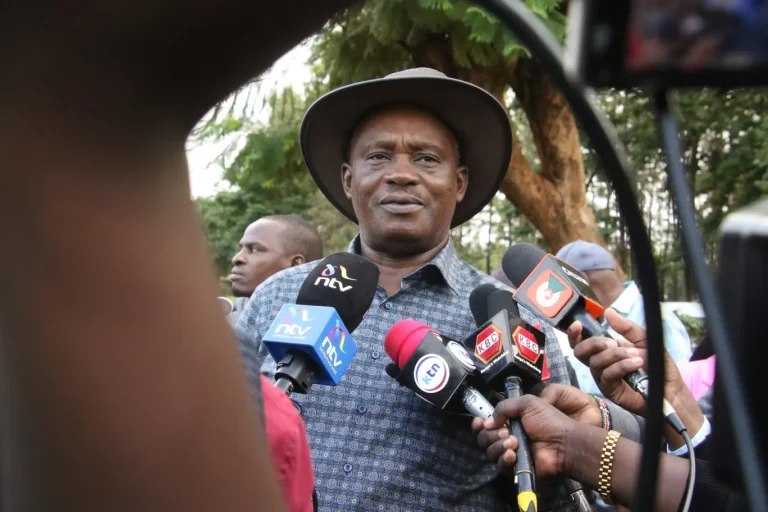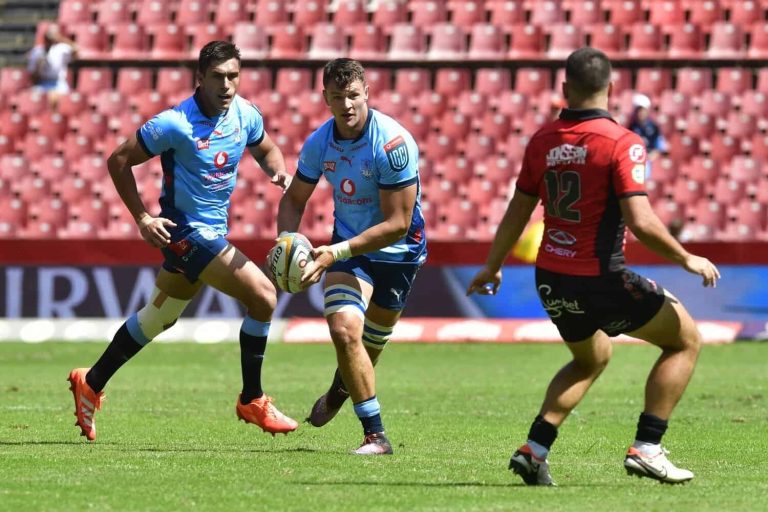
As autumn sets in, Ukraine’s armed forces are preparing for what could be one of their toughest battles yet. Russia has intensified its campaign to capture Donetsk, a region once regarded as the industrial heartland of Ukraine and a territory Moscow has sought to dominate since 2014.
Today, Russia controls roughly 70% of Donetsk. Ukrainian troops remain dug in along a shrinking defensive line of four cities dubbed the “fortress belt” by analysts that has held off Russian advances for years. Yet mounting troop shortages, dwindling supplies, and command mismanagement now cast doubt on whether this line can endure against a renewed Russian push.
The cities of Sloviansk, Kostiantynivka, Druzhkivka, and Lyman form the backbone of Ukraine’s Donetsk defenses. Together, they serve as both a symbolic and strategic bulwark against Moscow’s bid to claim the region outright.
But Russia, analysts say, has learned from its earlier mistakes. Unlike the grinding siege of Bakhmut where months of combat cost thousands of lives for only modest gains Moscow appears determined to avoid prolonged urban battles that drain its forces. Instead, it is attempting to bypass heavily fortified cities, pressing along the flanks with infiltration tactics.
Small Russian units slip through weak points in Ukrainian defenses, hiding in tree lines or abandoned basements and occasionally cutting supply routes. Though often costly Ukrainian commanders estimate only one in five soldiers survives such missions the method has allowed Russia to achieve incremental gains.
“These are tactical successes, not strategic ones,” said Col. Pavlo Yurchuk, who commands Ukraine’s 63rd Brigade in northern Donetsk. “This tactic is very slow and does not solve the tasks of encirclement or control of large settlements. But it keeps pressure on us every day.”
In northern Donetsk, the town of Lyman has become a critical battlefield. Once a modest logistics hub of 20,000 people, it now stands as a gateway to Sloviansk. If Russia were to seize Lyman, it could use its railways and infrastructure to stage a larger assault across the Siverskyi Donets River.
“Their plan looks neat on the map,” Yurchuk observed. “But after nearly three and a half years of war we know Russia struggles to sustain deep maneuvers. They won’t be able to supply or control what they take.”
In the south, Russian forces have advanced near Pokrovsk, pressing around Kostiantynivka, a city that once housed 67,000 residents but is now largely emptied. Encircling these southern positions could isolate Ukraine’s fortress belt, threatening a collapse of its defensive line.
Yet the biggest challenge facing Kyiv may not be Russia’s tactics, but its own shortages. Analysts and aid groups warn of exhausted troops, irregular rotations, and a military stretched dangerously thin.
“People are obviously one of the key problems,” said Taras Chmut, director of the Come Back Alive Foundation, which has raised over $388 million to support Ukrainian forces. “Not only the quantity, but also how they’re dispersed, the inefficiency of command, and flaws in training and management.”
On paper, some brigades still list thousands of soldiers. In reality, they can only field a fraction of that number in combat, leaving critical areas undermanned. Chmut blames mismanagement rather than Russian superiority.
“It’s a systemic flaw we can neither admit nor fix,” he said. “Until we do, we’re forced to make up for it with technology, volunteers, and courage.”
The slow but relentless Russian push is grinding down Ukraine’s defenses at a moment when Western support is less certain. Analysts warn that exhaustion and poor management, if left unaddressed, could tip the balance in Moscow’s favor.
“Just because the Russians moved slowly in the past doesn’t mean they won’t accelerate,” said Nick Reynolds, a research fellow in land warfare at the Royal United Services Institute. “Sadly, the Ukrainian Armed Forces have been under enormous pressure for a very long time.”
The fall of Ukraine’s fortress belt would not only displace thousands of civilians but also deliver Russia a significant symbolic and economic victory. Yet even if Moscow captures all of Donetsk, few believe it would stop there.
“I see absolutely no reason why the Russian Federation or its armed forces would halt after Donetsk,” Reynolds cautioned.
Three and a half years after Russia launched its full-scale invasion, Ukraine’s future remains bound to the outcome of battles in its eastern heartland. The coming months in Donetsk could determine whether Kyiv can hold the line L or whether Russia gains the momentum to push deeper into Ukrainian territory.
For commanders like Yurchuk on the front lines, the fight is as much about endurance as strategy.
“We’ve seen their tactics. We’ve buried their soldiers. We know what they’re capable of,” he said. “The question is how long we can keep resisting, and whether the world is ready to keep standing with us.”
Erizia Rubyjeana



